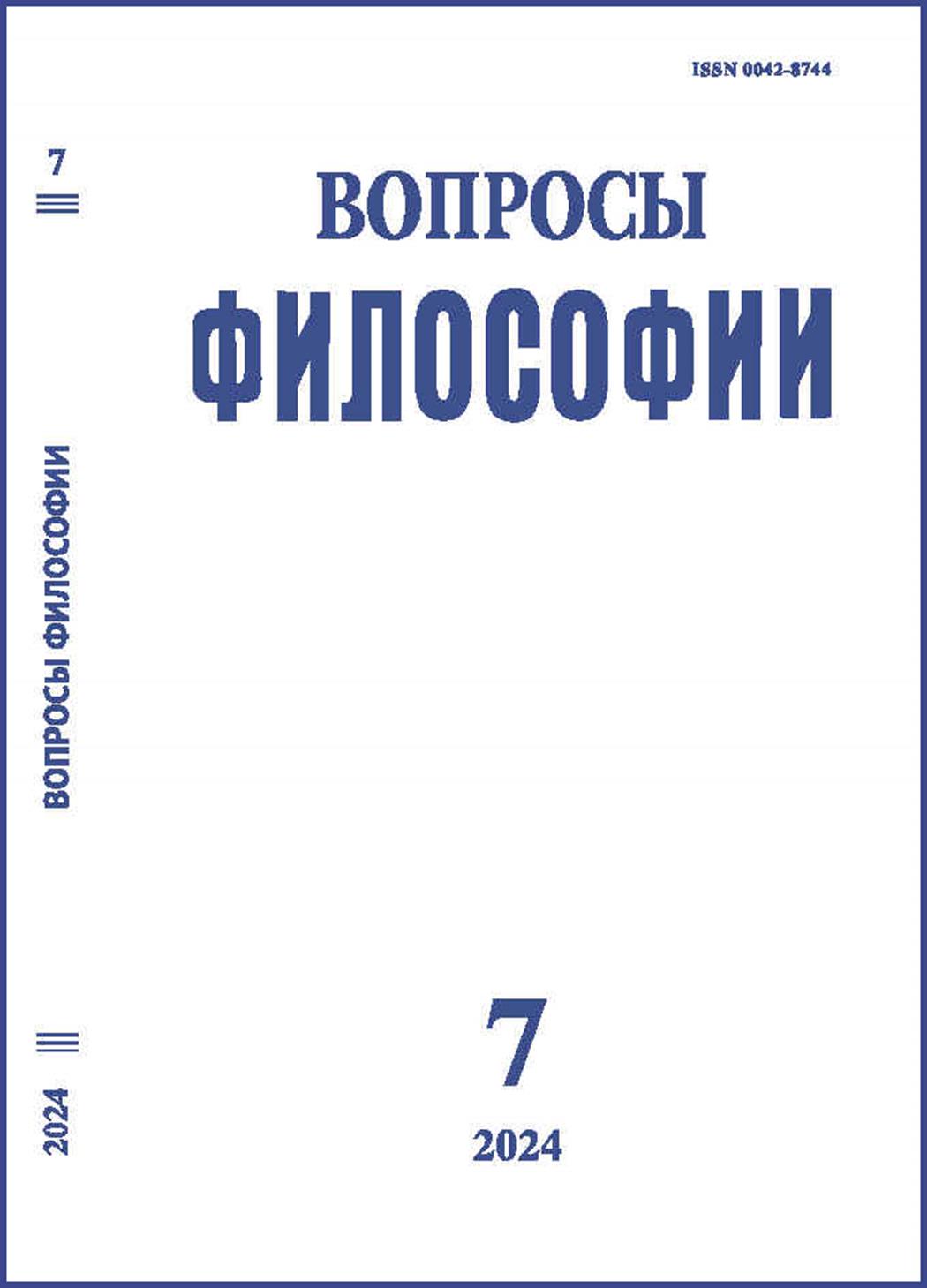Nagarjuna’s Ontology: Relativism, Paradox at the Limits of Thought vs Consistent Unity of Emptiness and Dependent Arising
DOI:
https://doi.org/10.21146/0042-8744-2024-7-150-160Keywords:
Nagarjuna’s ontology, Madhyamaka, emptiness, dependent arising, emptiness of emptiness, relativistic interpretations, two truthsAbstract
The article contains a critical analysis of relativistic “readings” of Nagarjuna’s
Mūlamadhyamakakārikā (MMK) – approaches in which emptiness is identified
with dependent arising, and Nagarjuna’s Madhyamaka appears as a synonym for
relativity (Fyodor I. Shcherbatskoy, David J. Kalupahana, Shi Huifeng), emptiness – as an auxiliary means for purifying relative reality (Tao Jiang). Jay
Garfield and Graham Priest, analyzing the emptiness of emptiness from the perspective of dialetheism, come to the conclusion about the existence of the ontological paradox of Nagarjuna, which means the identity of two realities – absolute and relative. Thus, Madhyamaka is reduced to relativism, albeit in a more
subtle form, by considering the “true contradictions” at the limits of thought.
The author of the article, relying on Tibetan texts (Heart Sutra, MMK, works
of Aryadeva, Buddhapalita, Chandrakirti, Tsongkhapa), proves the fallacy of these
attempts to ontologically relativize Madhyamaka. To understand the ontological
specificity of Madhyamaka, it is important to understand both the difference between the two truths in this teaching and their specific unity as two ontological
reverses of any object, and not as two realities or two domains of reality or two
truths in the Western tradition

